What Is Vector Addition Rule
There are different laws of vector addition and they are. Head-to-Tail Method The head-to-tail method is a graphical way to add vectors described in the figure below below and in the steps following.

Parallelogram Law Of Vector Addition Youtube
Laws of Vector Addition A vector is a physical quantity which is represented both in direction and magnitude.
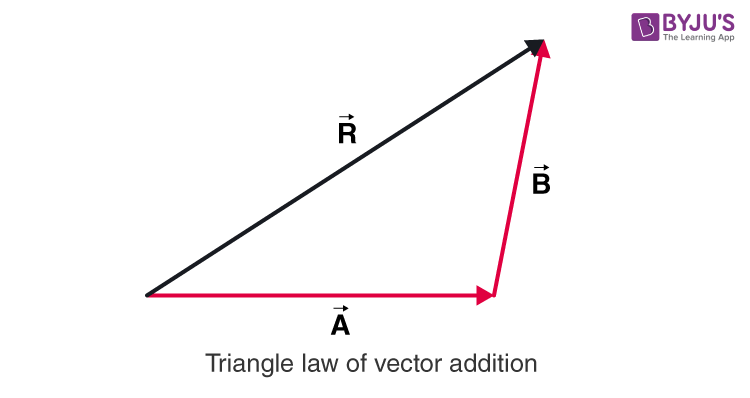
What is vector addition rule. The following rules apply in vector algebra. To obtain vecR which is the resultant of the sum of vectors vecA and vecB with the same order of magnitude and. It is called P.
Notice that u v w and u v w have the same magnitude and direction and so they are equal. Place both vectors u and v at the same initial point. The so-called parallelogram law gives the rule for vector addition of two or more vectors.
Vector addition can be performed using the famous head-to-tail method. In the upcoming discussion we shall learn about how to add different vectors. Vector addition is the operation of adding two or more vectors together into a vector sum.
A unit vector is a vector having a magnitude of one unaccompanied by any units with a set orientation. The Triangle Rule The procedure of the triangle of vectors addition method is draw vector 1 using appropriate scale and in the direction of its action from the nose of the vector draw vector 2 using the same scale and in the direction of its action. According to the Parallelogram law of vector addition if two vectors veca and vecb represent two sides of a parallelogram in magnitude and direction then their sum veca vecb the diagonal of the parallelogram.
If two vectors acting simultaneously at a point can be represented both in magnitude and direction by the adjacent sides of a parallelogram drawn from a point then the resultant vector is represented both in magnitude and direction by the diagonal of the parallelogram passing through that point. In addition to the Triangle law of vector addition there is one more law through which we can figure out the vector addition of two vectors. Vector addition finds its application in physical quantities where vectors are used to.
In Cartesian coordinates vector addition can be performed. Addition of two vectors is accomplished by laying the vectors head to tail in sequence to create a triangle such as is shown in the figure. This can be illustrated in the following two diagrams.
Where P and Q are vectors and a is a scalar. Vector Addition Using the Head-to-Tail Rule. For two vectors the vector sum can be obtained by placing them head to tail and drawing the vector from the free tail to.
The resultant sum vector can then be obtained by joining the first vectors tail to the head of the second vector. Its only use is as a description of a specific direction in space. Triangle law of vector addition states that when two vectors are represented as two sides of the triangle with the order of magnitude and direction then the third side of the triangle represents the magnitude and direction of the resultant vector.
In the addition of vectors we are adding two or more vectors using the addition operation in order to obtain a new vector that is equal to the sum of the two or more vectors. For two vectors and the vector sum is obtained by placing them head to tail and drawing the vector from the free tail to the free head. According to this rule two vectors can be added together by placing them together so that the first vectors head joins the tail of the second vector.
Parallelogram law of vector addition states that when two vectors acting simultaneously at a point be represented by two adjacent sides of a parallelogram starting from the same point both in magnitude and direction then the diagonal starting from the same point represents their resultant both in magnitude and direction. The tail of the vector is the starting point of the vector and the head or tip of a vector is the final pointed end of the arrow. The easy and quick concept of vector addition is explained in this videoI will also tell you in this video about1 Vectors Addition triangle and parallelo.
Vector Addition is Associative We also find that vector addition is associative that is u v w u v w. Vector addition can be defined as the operation of adding two or more vectors together into a vector sum. The magnitude of a vector is its length and is normally denoted by or A.
The parallelogram law gives the rule for vector addition of two or more vectors. In order to use analytical methods for vector addition all vectors are described through the use of unit vectors.
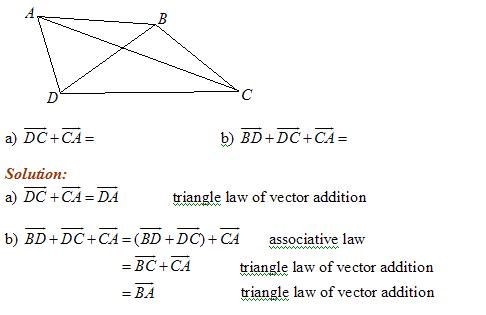
Vector Addition Video Lessons Examples And Solutions
What Is The Parallelogram Law Of Vectors Quora

Vector Addition From Wolfram Mathworld
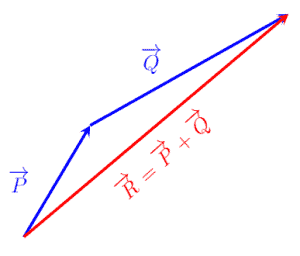
Vector Addition Using The Head To Tail Rule

Vector Addition Parallelogram And Triangle Laws Videos And Examples
Vector Addition And Subtraction
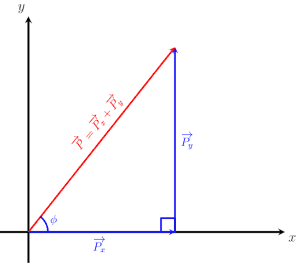
Vector Addition Using The Head To Tail Rule

Vector Addition Parallelogram And Triangle Laws Videos And Examples

Triangle Law Of Vector Addition Formula And Derivation
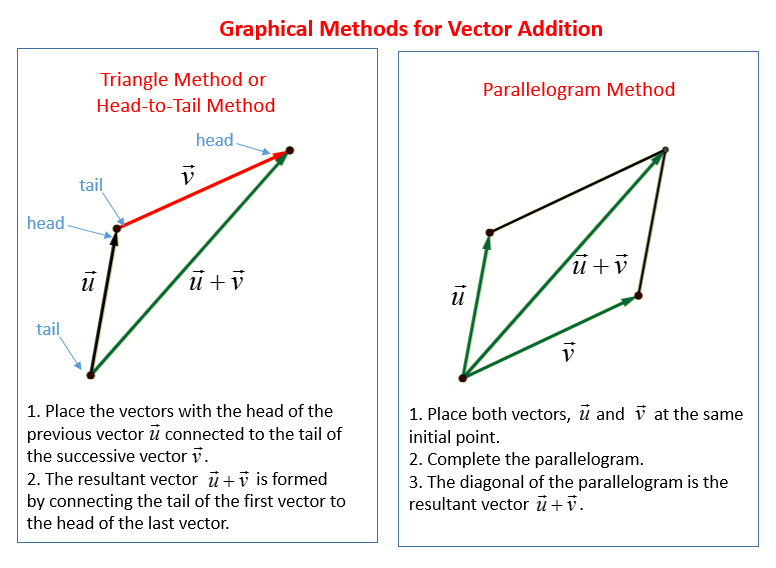
Vector Addition Video Lessons Examples And Solutions
Properties Of Vector Addition Commutative Law Of Vector Addition Associative Law Of Vector Addition

Subtraction And Addition Of Vectors Methods Formulas Videos Examples
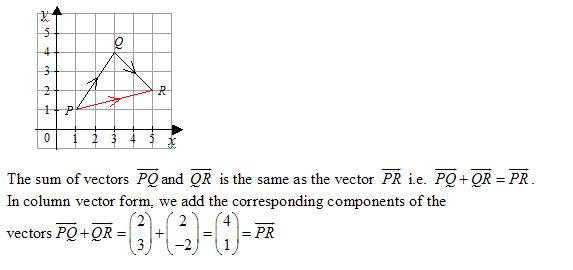
Vector Addition Video Lessons Examples And Solutions

Subtraction And Addition Of Vectors Methods Formulas Videos Examples

Addition And Subtraction Of Vectors Study Material For Iit Jee Askiitians

Addition Of Vectors Triangle And Parallelogram Law Of Vectors

Triangle Law Of Vector Addition Formula And Derivation